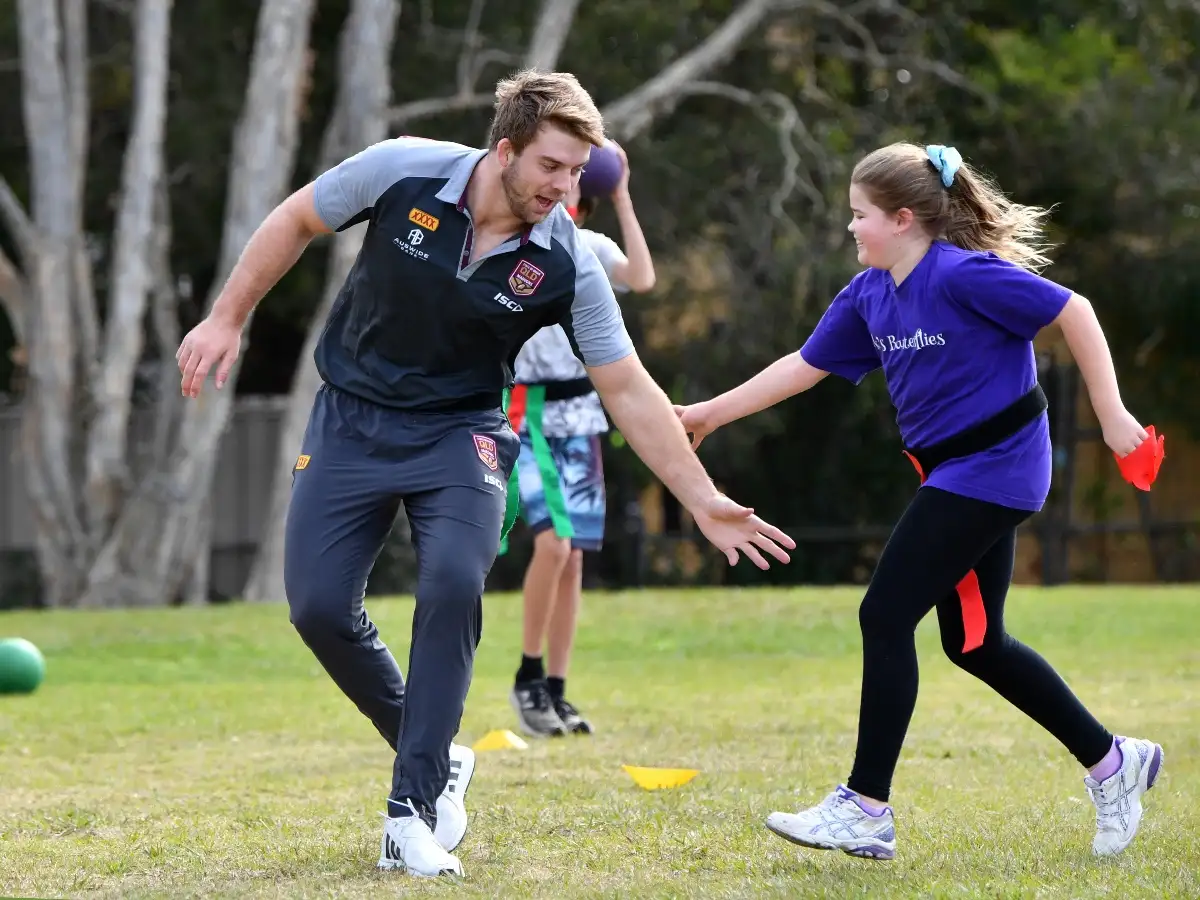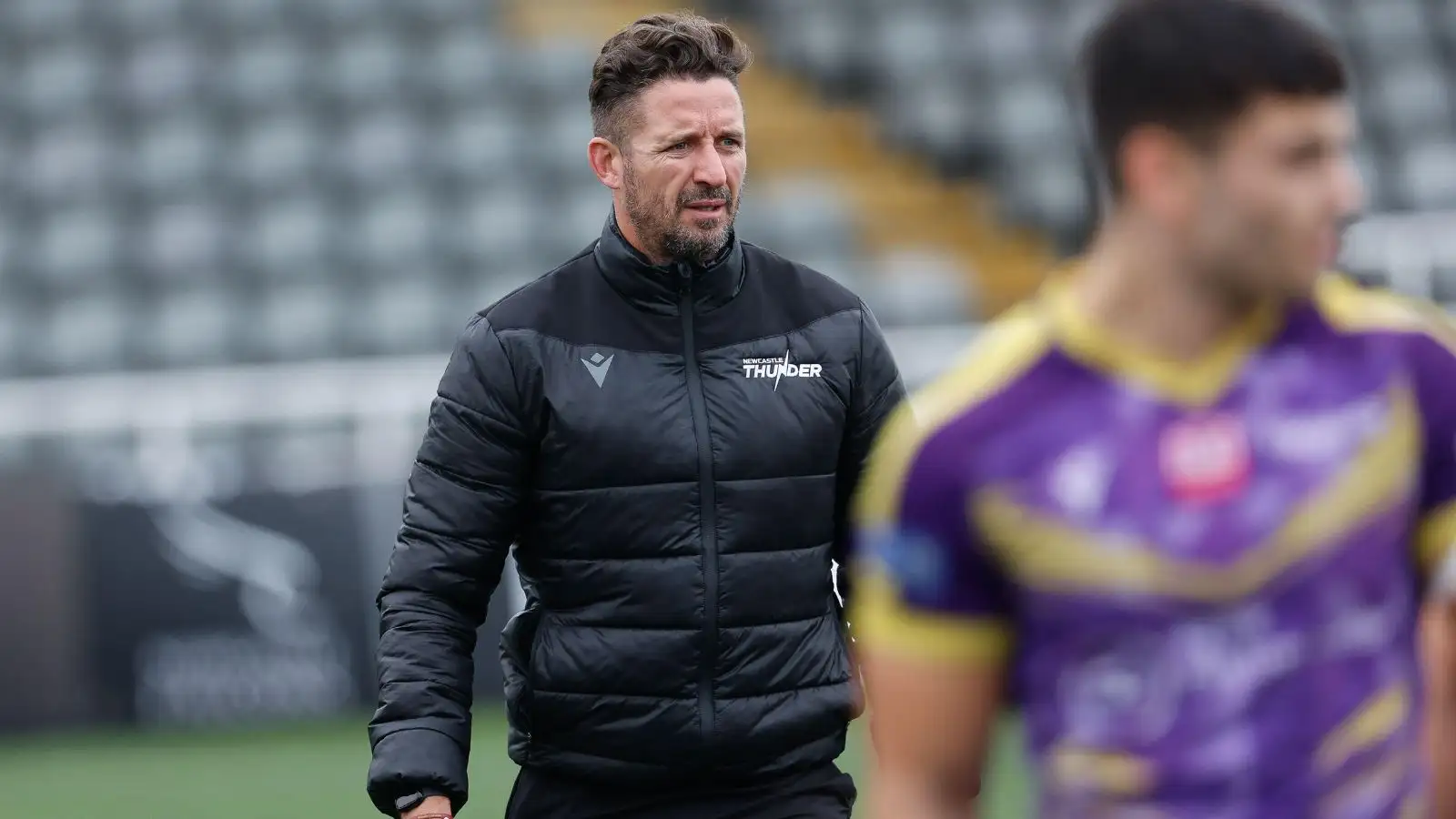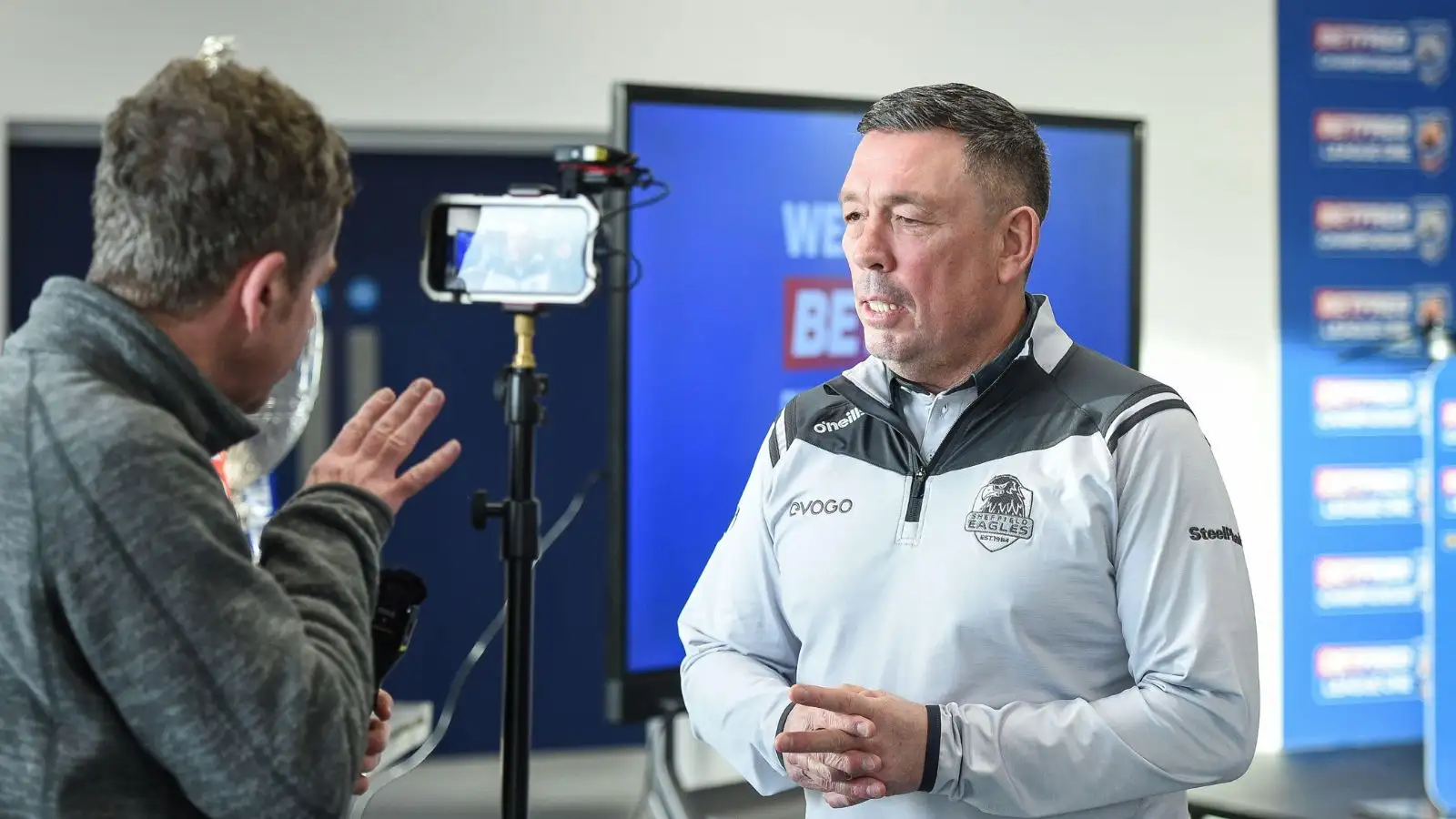Is tag rugby the key to future proofing rugby league?

In light of an increasing number of health related retirements, the face of both codes of rugby is likely to change significantly over the next few decades.
On the day that George Burgess, aged just 28, was forced out of a marquee contract by a hip problem, it was revealed in the Daily Mail that 40 players are seeking legal action against the RFL for their alleged failure to protect them against brain injury and dementia.
Leeds captain Stevie Ward recently retired due to a concussion issue, and the impact of rugby as a possible cause for those suffering from Motor Neurone Disease, like Rob Burrow, remains unknown.
These are athletes at the absolute top of their game. Players are getting bigger and stronger every single year. But they’re breaking.
Injuries are common place in rugby league. There are some players who simply can’t shrug off injury niggles and will either spend their career blighted by them, or walk away from the game altogether.
If the body’s of full-time professionals at their peak can’t withstand the rigours of the current game, then it doesn’t bode well for growing participant numbers at a grass roots level, or indeed encouraging youngsters to take up the game.
It’s important to acknowledge that the RFL have always done their best to be ahead of the game when it comes to player welfare. They have been actively looking at concussion for numbers of years, introduced the head injury assessments, and have led the way with player welfare officers and also their approach to mental health and supporting players when their playing careers come to an end.
Tweaks to the laws of the game, such as making the shoulder charge illegal, continue to be made in the interest of player welfare, and the scheduling of fixtures on that basis has also risen to prominence in recent years.
In the other code, World Rugby (union) has made several significant steps to change the nature of their game, even running programmes to re-educate players in the art of tackling. High tackles are punished severely in the 15-a-side game.
While people we spoke to were reluctant to speculate as to whether full-contact could even be a thing of the past come 20 years time, there was an acknowledgement that more needs to be done to increase participation numbers, which is so intrinsically linked with funding.
The RFL’s Head of Growth, Tom Brindle, said: “We looked at the changing habits of males, predominantly, and how life pressures are more significant. We started looking at Touch as it still felt like rugby league to try and bridge that gap between 25-27 year olds when we see a drop off in the men’s game, where people don’t have as much time at the weekends and it’s harder to keep them engaged.
“But our approach is not one size fits all. We work with the relevant partners in each area, and try to make it as accessible as possible.”
There are three variants that are currently being used by the RFL throughout the country – Touch Rugby League, Try Tag Rugby and the newest addition, X-League, which started in Ireland.
X-League is a semi-contact version of the game that requires defenders to touch the ball to make a tackle, while Try Tag is also more aligned to rugby league than Touch, simply due to the ability to kick and also hit a good line and be rewarded.
People playing in those forms of the game contribute towards the RFL’s overall portfolio of participants, which was around 109,000 at last count.
👏 @TryTagRugbyUK Leagues return to action!
🏉 If you don’t currently play, then with new leagues starting soon, now is a great time to get involved…
🏃♀️Get outside and active after lockdown and #GiveTagATry!
Read 👉 https://t.co/Vx0jyqov4g pic.twitter.com/zEDrOiGrz5
— Rugby Football League (@TheRFL) December 4, 2020
Given the current climate, there could be a question as to whether rugby league should put all its eggs in one basket and back one form of the game to help future proof the overall sport and make it easier for casual fans to engage; both in terms of playing and as an introduction to being a fan.
Brindle added: “As with most things, it helps if you have a clear choice.
“But we don’t see it as a negative having Touch or Tag in different areas. People want different things in different areas. Wigan, for instance, has always had a strong Touch association, whereas Bradford preferred Tag.
“We have a lot of Tag activity in primary schools in partnership with Sky, in high schools it’s generally 13-a-side but there’s been a big push on 9s recently to open up capacity; colleges and universities are more Tag based.
“The ability to play sport and feel like you’re playing rugby, and the other side is the connection to a local club, the camaraderie and soft skills of team sports are increasingly important. We estimate it’s just as important to be around a team and having a fun human connection as it is actually playing on the pitch.
“It works really well as an introduction tool. If you’re from a traditional family with rugby league heritage you understand that rugby league is a pretty safe sport.
“The captive audience is starting younger and younger, so the point of introduction is earlier. Most of our training sessions involve Touch or Tag, so there’s no tackling.
“With the current topic around concussion, the RFL is at the forefront trying to understand it and make the game as safe as possible. It still doesn’t alleviate some of those fears, but kids only really train playing non-contact version of the sport.”
Both Touch and Tag originate from Sydney, and are both well used training tools in the Australian game. Both have international federations, which govern the respective sports in various countries.

Prior to COVID, Try Tag Rugby had 800 teams and more than 10,000 players participating, which involves games on a weekday night and organised competition with a social feel.
Their leagues take place after work and help to keep people fit, especially those who don’t have the time to regularly hit the gym to keep up with the rigours of the full contact game.
Managing Director of Try Tag Rugby, Alistair Davis, said: “Tag shouldn’t be seen as to the detriment of rugby league. It’s probably been a benefit to Australian rugby league. When you look at the skills of players, a lot of those NRL players played OzTag or Touch growing up.
“There’s no reason we can’t develop Tag in UK to a similar level. Give people something else to do to play the sport rather than full contact.
“The RFU and RFL are in competition in various parts of the country. The RFU has O2 Touch which is well established; I would say the RFL should adopt Tag as theirs and push that.”
Try Tag follows the rugby league rulebook, but instead of tackling, each player has two tags attached to their hip. The defensive line stands seven metres away with one marker, and games are played at seven or eight a side.

Kicks are allowed, but only below shoulder height, and there is a 50/10 rule, an adaptation to the popular 40/20 rule in the main game.
Touch has diversified from rugby league rules, the ball can’t touch the ground at all or it’s a turnover, there’s no markers and the attacking team surrenders on Touch.
Both the RFU and RFL are trying to use Touch to get kids in to the contact version of the game.
Mick Hogan is chief executive at Newcastle, covering both codes of rugby with Thunder and Falcons in the rugby union Premiership, and they are making big strides in the community game and with participation numbers.
He said: “We’ve got to understand that rugby league means different things to different people. As soon as we embrace that, we’ll see growth.
“Community clubs that have their own facility can have a touch league on Mondays, contact training on Tuesdays, tag rugby on Wednesdays, Thursday is for walking rugby, Friday is for women’s rugby, and the weekends is for masters. Every single one of them is playing their own version of rugby league.
“If we see it as a funnel to the 13-a-side game. If we really went for it over five years as a healthy, quick and easy way to get in to the game, not be worried about injury, relaxed rules with a social and a fitness aspect, a sport where men and women could play alongside each other, then we’ll see more get involved.”



